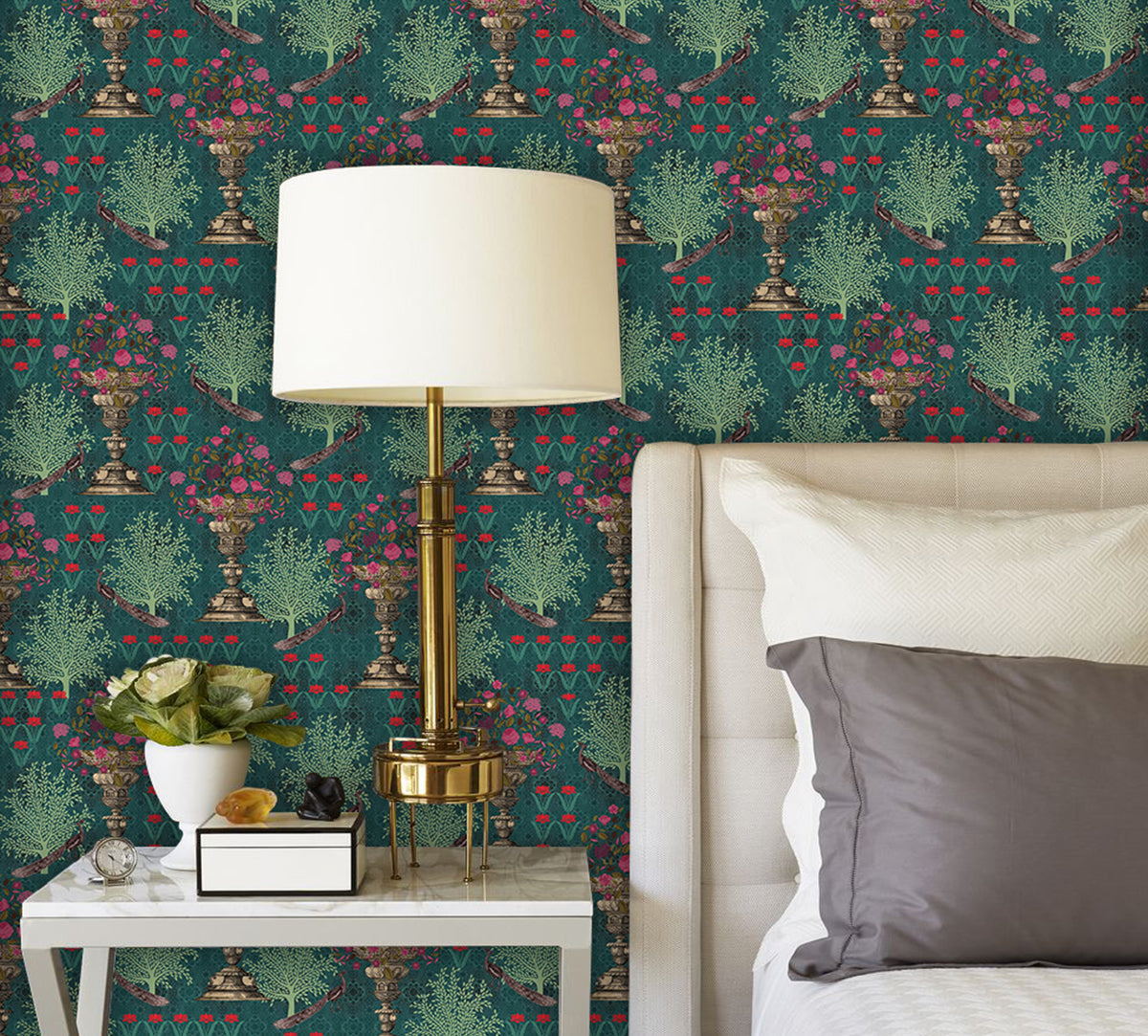Foil work on fabric, also known as foil stamping or foil printing, has a rich history in the world of textiles and decorative arts. Its origins can be traced back to ancient civilizations like Egypt and China, where metallic foils were used to embellish fabrics and add luxury to garments and textiles.
History

Gold and silver foils were commonly used for royal garments, religious vestments, and ceremonial textiles. These foils were applied using techniques such as gilding, where thin layers of precious metals were carefully adhered to the fabric surface.
The modern history of foil work on fabric dates back to the early 20th century when foil stamping became a popular method for adding metallic designs to various materials, including paper, leather, and fabric. During the Art Deco era, metallic accents and shimmering textiles were in vogue, leading to increased use of foiling techniques in fashion and interior design.
Current Scenario

Foil work on fabric continues to be a popular and versatile technique. It is often used in fashion design, textile art, and craft projects to create stunning and unique effects on clothing, accessories, home decor items, and more. The availability of various foil colors, including metallic shades like gold, silver, and copper, as well as vibrant hues, allows artists and designers to experiment with different looks and styles.
Advancements in adhesive and application methods have made foil work more accessible and user-friendly. Instead of traditional gilding techniques, modern foil work often involves using specialized fabric glue or foil transfer adhesive that can be applied with brushes, stencils, or screen-printing methods.
Additionally, heat transfer methods using an iron or heat press machine have become popular for efficiently adhering the foil to the fabric. The foil sheets are placed on the adhesive-treated fabric, and heat is applied, causing the foil to stick to the adhesive while releasing from its backing paper.
Furthermore, advancements in foil materials have led to the development of holographic foils and other eye-catching effects, adding further diversity to foil work possibilities.
Overall, foil work on fabric remains a creative and exciting way for artists, designers, and crafters to elevate their projects with brilliant metallic shine and intricate designs. Its historical significance combined with modern innovations has ensured its enduring appeal in the world of textiles and decorative arts.






Leave a comment
Please note, comments need to be approved before they are published.